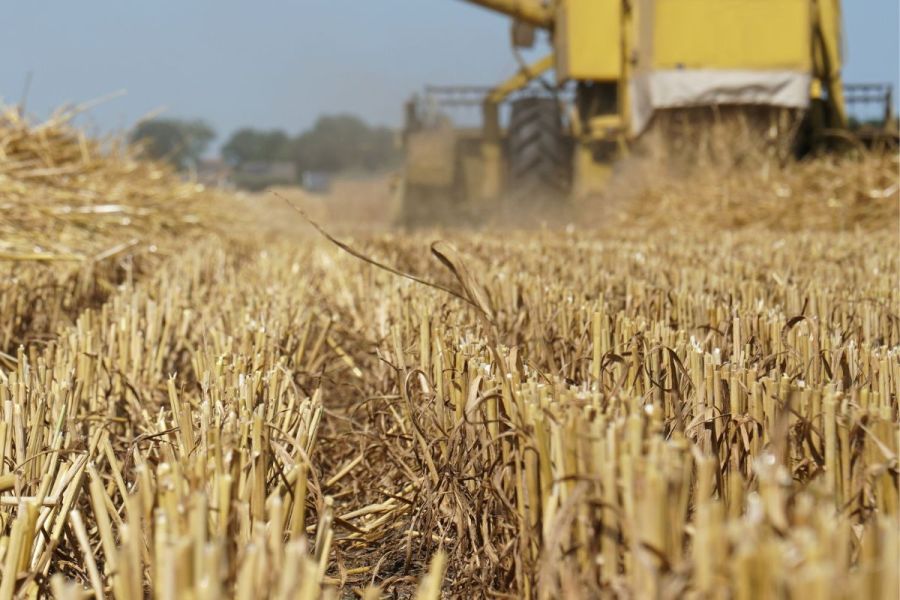By Guy Smith
In a somewhat desperate attempt to get on top of the blackgrass menace that plagues our farm, we grew a fair acreage of spring wheat last year. By the time the blistering June/July drought and heatwave had done their worst, I ended up with a miserable yield of about 4-5t/ha.
As I stared forlornly at the yield metre in the combine cab, I muttered to myself ‘never again,’ and consequently, we have no spring wheat this year. Six months later, I’m now fretting that this move to wall-to-wall autumn wheat might be a stupid mistake.
It turned out that as I blended out the low-yielding, but high-protein spring wheat with the high-yielding, low-protein winter wheat, I was managing to hit a very lucrative 13% protein, which in turn secured a remarkable £60–£70 milling premium over feed. I’d like to think this was down to my strategic planning, but the truth is that it was pure luck.
The other bit of luck was that because this milling blend of Crusoe and Mallacca was sailing into a certain north London mill without many claims, I was keen to clear the grainstore as it seemed the mill was keen to have it. Consequently, by January the grainstore was empty just before the price crashed. So it turns out that while I was cursing away at my embarrassingly bad spring wheat yields at harvest time, I was painfully ignorant as to what it would be worth, which I now estimate to be somewhere north of £350 a tonne. But to ruin this smug tale of success, I’ve foolishly chosen not to grow spring wheat this year.
So this leaves the tricky decision as to how much spring fertiliser to put on the milling wheat this year. With nitrogen prices approaching £2/kgN last year, I was loathe to put on more than 160kgN/ha. Despite the fact this is 20% less than our usual rate, the surprise was that our yields were just about in line with our 10-year average. The negative fall-out was the low proteins. To compound matters, last year we only put on 15kgN/ha as a protein boosting head spray because we were worried about scorch in the drought and heat.
With fertiliser 35% cheaper this year at around £1.25/kgN, the simple answer is to go back to our usual 190 kgN/ha, with a 30kgN/ha protein boost on the ear. The joker in the pack now being what the wheat price will be this year. We have already banked a minimum £40 a tonne premium for 13% protein Crusoe for autumn 2023 delivery but, stupidly, we didn’t fix a base when we could have secured £300 per tonne plus. Such is hindsight…
It does feel as if this year is a return towards normality, whereas 2022 was a mind scrambling blip. But it’s only April so there’s plenty of time for a bit of market tumult. As usual, I expect I’ll only prove wise well after the opportunity to use that wisdom to good effect.
If there was a lesson to be learnt from last year, it was that old adage ‘ when it comes to making decisions, forget last season and remember the 10 before that.’ Having said that the Kremlin is not the place it was 10 years ago.
This article was taken from the latest issue of CPM. For more articles like this, subscribe here.
Sign up for Crop Production Magazine’s FREE e-newsletter here.




